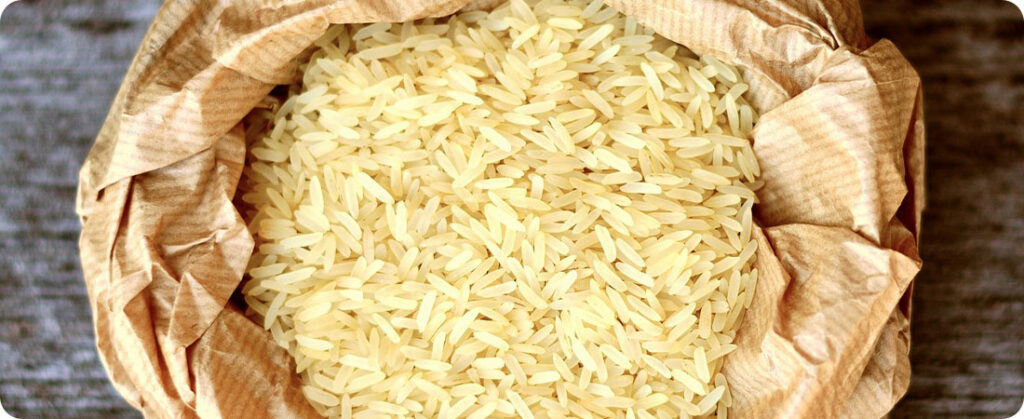
The 2023/2024 rice harvest, in the midst of the sowing process, was highlighted at the hybrid meeting of the Rice Sector Chamber, promoted by the Secretariat of Agriculture, Livestock, Sustainable Production and Irrigation (Seapi) this Thursday (11/30). The technical director of the Rio Grandense Rice Institute (Irga), Flávia Tomita, warned about the challenges posed by El Niño in the State, affecting the planting of the cereal with delays due to the rains. With 77% of the area sown, compared to the 90% of the previous year, uncertainty hovers over the submerged areas, awaiting assessment regarding possible rotting and the producers' decision on reseeding.
According to information released by Seapi, El Niño, in addition to bringing intense rain, reduces light during the germination and development of crops, presenting yet another challenge. However, production estimates are still premature, with the Southern Half, a significant rice farming zone, possibly maintaining satisfactory productivity, as Tomita considered.
Expected reduction in rice cultivation area
At this year's Expointer, it was estimated that the hectares cultivated with rice for the 2023/2024 harvest it would be 902 thousand. Soybean cultivation in rice areas was forecast at 500 thousand hectares. However, the trend is now towards reduction.
This is influenced, therefore, by the increase in the price of rice and the decrease in the price of soybeans. These factors, added to the challenges caused by El Niño, contribute to the change in the projection.
The president of Federarroz, Alexandre Velho, presented a study indicating the recommendation to maintain the rice cultivated area. According to the study, the suggestion is to limit the area to 840 thousand hectares in the State.
Recent years have seen low profitability in the rice sector. This highlighted the urgency of adjustments in the cultivated area. Over the past two years, production costs have increased significantly, reaching an increase of 60%. Alexandre Velho explains that, faced with this reality, producers sought alternatives in soy, corn and livestock to diversify and avoid losses.
The president highlights, finally, that this will be the first El Niño. There will be a significant area of rice cultivation in soybean stubble. This system could be a preparation for extreme weather events. Areas will be closely monitored to assess their resilience to the weather event.
Source: Aline Merladete | agrolink










